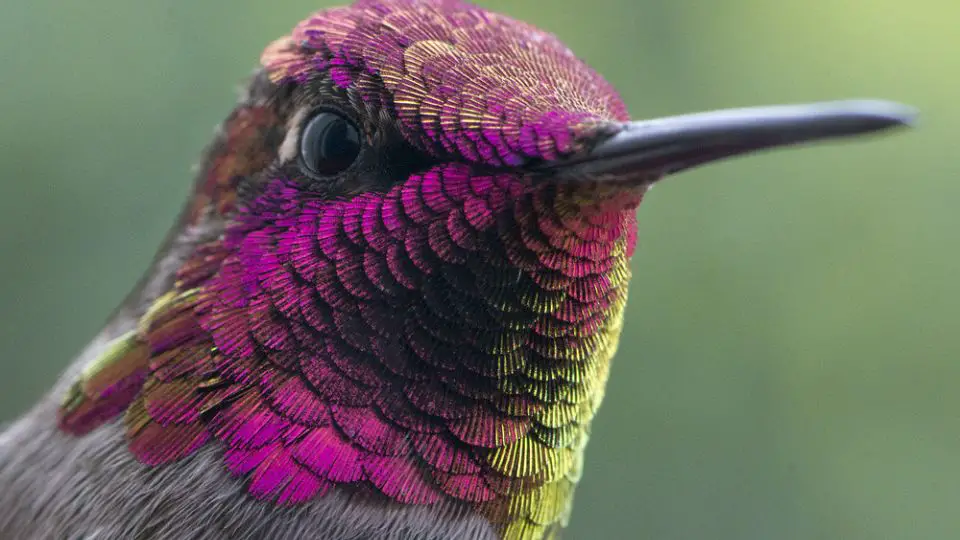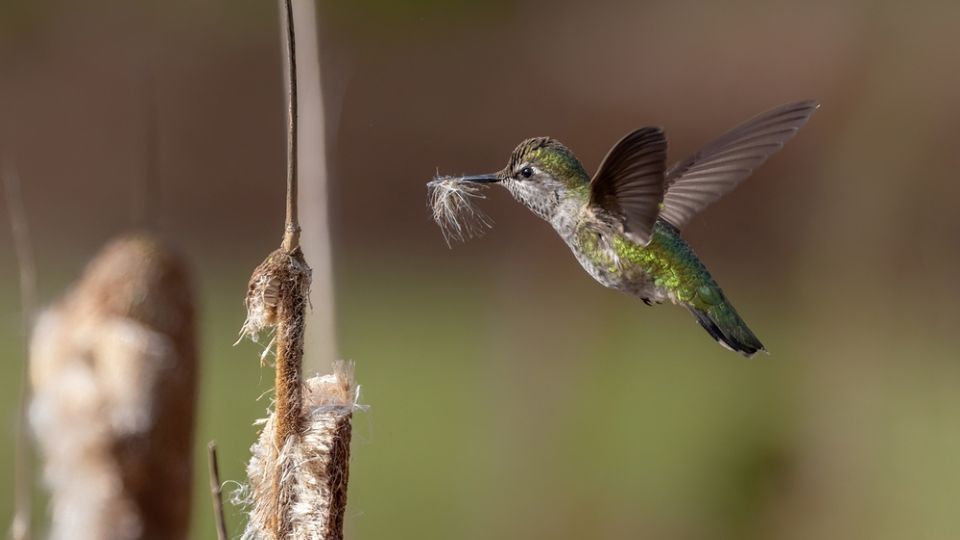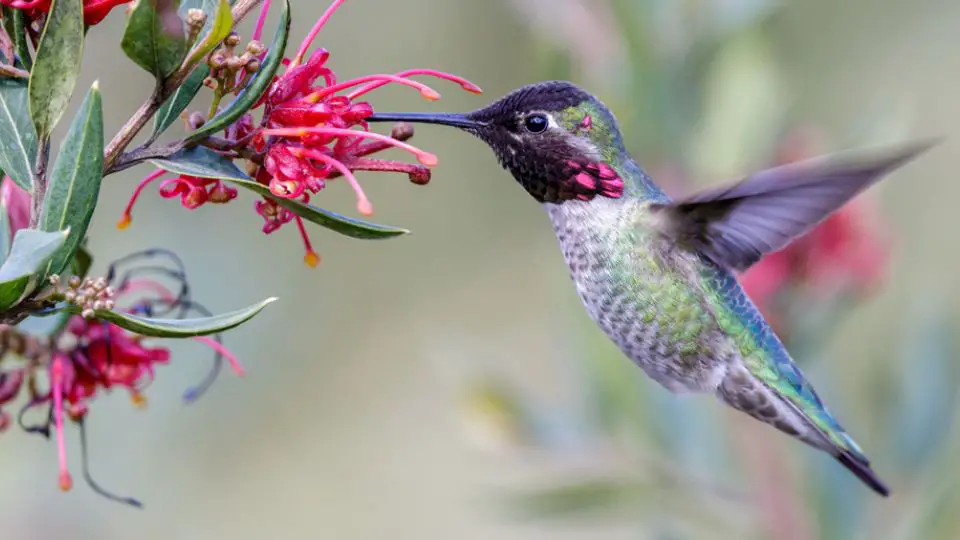While birdwatching, you'll notice that male hummingbirds tend to fend off thehummingbird feeder and are generally more aggressive. Females hummingbirds are in fact slightly larger and the only ones that work on the nest. Also, males are more colorful, so they're easy to distinguish.
Learning how to tell if a hummingbird is male or female is relatively easy. Compared to other species, male vs female hummingbirds are easy to distinguish, especially during the breeding season.
Check out these other details you should pay attention to.
Table of Contents
Do Male and Female Hummingbirds Look Different?
There are some things to look out for when determining which hummingbirds are male and which are female. Looking at colors is the first step, but you should also observe their behavior and size.
Luckily, most male and female hummingbirds living in North America are easy to distinguish based on:
- Color
- Behavior
- Size
In general, different species of hummingbirds will have different appearances.
Ruby-throated Hummingbirds
Male Ruby-throated hummingbirds have iridescent red throats with gray underneath, while female Ruby-throated hummingbirds are less bright than males and have white throats.
Anna’s Hummingbirds
Male Anna’s hummingbird comes with a gorgeous iridescent red/pink gorget, and female Anna’s hummingbird has a grey throat with some red spots.
Rufous Hummingbirds
Male Rufous hummingbird is the more interesting one, with bright orange feathers and a white patch on the throat, while female Rufous hummingbirds have green-brown wings and backs with a white belly.
Costa’s Hummingbirds
Male Costa’s hummingbirds have iridescent purple throat patches and purple crowns with green backs, but female Costa’s hummingbirds are not as purple and have a white belly.
Calliope Hummingbirds
Male Calliope hummingbirds come with bright magenta throats and glossy green backs. Female Calliope hummingbird lacks bright throats and is slightly pinkish underneath.
Broad-tailed Hummingbirds
Male Broad-tailed hummingbirds have iridescent white throats, while female Broad-tailed hummingbirds are packed with green spots all over cheeks and throat.
Black-chinned Hummingbirds
Male Black-chinned hummingbirds have a black throat with a purple base, but female Black-chinned hummingbirds come with a pale throat and white tips on their tail feathers.

How Can You Tell a Male Hummingbird?
Adult males have naturally developed brighter colors, while adult females tend to be neutral and usually don’t have a colorful gorget. If you see a brightly-colored hummingbird fluttering around your feeders, it likely belongs to the male counterparts.
Bright colors in males attract females, and females usually have neutral colors. This is because they’re supposed to blend in with the surrounding once they start laying eggs.
How Can You Tell a Female Hummingbird?
Regarding size, females tend to be up to 25% larger than males. This is because they deal with egg production, incubation, and caring for the babies.
However, hummingbirds’ size can be tricky to notice since they’re so fast. It’s also very difficult to judge the size of their wingspan.
How Do Male Hummingbirds Behave?
Besides the colors and the size, you can also look at how hummingbirds behave. Male hummingbirds are usually more aggressive and tend to fend off their feeders, flowers, and overall territory.
If you hear a lot of chirping, those are males trying to scare off other males or attract females. Males are also known for courtship displays, where they fly around, dive, and dance in front of a female to inspire her to mate.
What Do Female Hummingbirds Do?
On the other hand, female birds will attack only if there’s an intruder near their nest. They’ll make a short, sharp sound to keep the predators away from their nests. Alternatively, if you see a hummingbird building a nest—it’s female.
Males don’t partake in the nesting or incubating process. Females are alone until they lay eggs, and their babies grow up to leave the nest.
What About Baby Hummingbirds?
While it’s relatively easy to tell adult females and males, you may have some trouble with baby hummingbirds. Adult females and young males can be hard to identify.
Throat pattern is indicator, but it can be difficult to determine with juvenile male hummingbirds. With this bird species, immature males don’t hatch with bright colors around their necks.
This makes them look more like adult females. These young birds get their colors about a month after they hatch, so you’ll have to wait to be sure about their gender.

Male vs Female Hummingbird Summary
The best way to observe hummingbirds is from a distance with binoculars. That’s how you’ll get to enjoy their behavior and not disturb them. Plus, you’ll get to notice all the differences between males and females.
For example, you’ll note that male hummingbirds are more aggressive and colorful while females have neutral colors and often just tend to their nests. If you’re lucky, you’ll catch the hummingbird’s courtship display.
Baby hummingbirds’ sex is challenging to identify. At a glance, gender is hard to distinguish during the first month.

